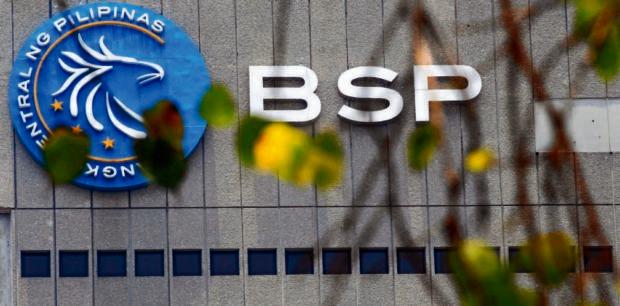MANILA, Philippines—Two economic think tanks expect the Bangko Sentral ng Pilipinas (BSP) to continue supporting the Philippines’ economic recovery in 2022 by keeping the policy rate at the current record-low 2 percent.
“Where economic recovery is less entrenched but inflation is at the high end or above central bank target ranges, such as in India and the Philippines, policymakers will likely continue to hold rates steady for a number of months to ensure economic recovery is secure,” said Steven Cochrane, Moody’s Analytics chief Asia-Pacific economist, in a Nov. 22 report.
Moody’s Analytics projected the Philippines’ gross domestic product (GDP) to grow 4 percent this year and hit the government’s 4 to 5 percent target. Next year, economic growth was estimated to be a faster 5.9 percent, although below the 7 to 9 percent goal.
Moody’s Analytics’ inflation forecasts for 2021 and 2022 were both high at 4.3 percent and 4 percent even as its 2022 projection would return to the 2 to 4 percent target band.
The Philippines and Thailand would be the region’s laggards in returning to pre-pandemic or end-2019 GDP levels, as both would achieve what many other countries in Asia-Pacific have already done only by the fourth quarter of 2022, Moody’s Analytics estimates showed.
It did not help that the Philippines and Thailand were both reliant on their tourism industries, which Moody’s Analytics expects to feel the impact of China’s “zero COVID-19 policy.”
“The continued restrictions on international travel in and out of China will limit the impact of opening international travel lanes around the region as long as Chinese residents continue to be restricted from traveling overseas and returning without quarantine,” Cochrane said.
“Prior to the pandemic, Vietnam, Thailand, the Philippines and Singapore were highly dependent upon arrivals from China. Without their return, demand for travel and hospitality services will be slow to recover,” Cochrane said.
In a report on Tuesday, Pantheon Macroeconomics senior Asia economist Miguel Chanco said “the BSP likely will be one of the central banks in emerging Asia which will maintain the status quo through 2022.”
“We disagree with the prevailing wisdom that the [BSP’s Monetary] Board will join the chorus of normalization from the third quarter of 2022. Simply put, the recovery is behind the curve, and GDP growth is likely to slow next year,” Chanco said.
After projecting a 5.5-percent Philippine GDP expansion in 2021, the UK-based Pantheon Macroeconomics forecast a lower 4.5 percent for 2022.
“The first half looks set to be particularly challenging, with capex (capital expenditures) likely to hit the temporary brakes until the dust settles from the May 2022 presidential election,” Chanco said.
“Government spending will also naturally hit a wall during the transition, as history clearly suggests, leaving aside the fact that the Philippines is behind its peers in consolidating its COVID-19-era budget blowout,” he said, referring to the public spending ban being imposed months before national elections.
Also, “the consumption recovery will be subpar, at best — in spite of retreating virus headwinds — as households rebuild the huge pile of savings lost over the past 18 months,” Chanco added.
Chanco noted that the BSP’s statement after it kept the policy rate steady last week “sounded slightly more hawkish, warning about how the risks to the BSP’s inflation forecasts have ‘shifted towards the upside’ for 2022, and saying how the bank is ready to respond to ‘potential second-round effects arising from supply-side pressures.'”
Pantheon Macroeconomics nonetheless expected headline inflation to return within target next year to average 3.7 percent despite possibly “acute” near-term inflationary pressures.
The BSP’s own estimates suggest an easing of the rate of increase in prices of basic commodities to 3.3 percent in 2022 from 4.3 percent this year as shortage in food supply, especially of pork amid the African swine fever (ASF) outbreak, would be filled in with imports.
